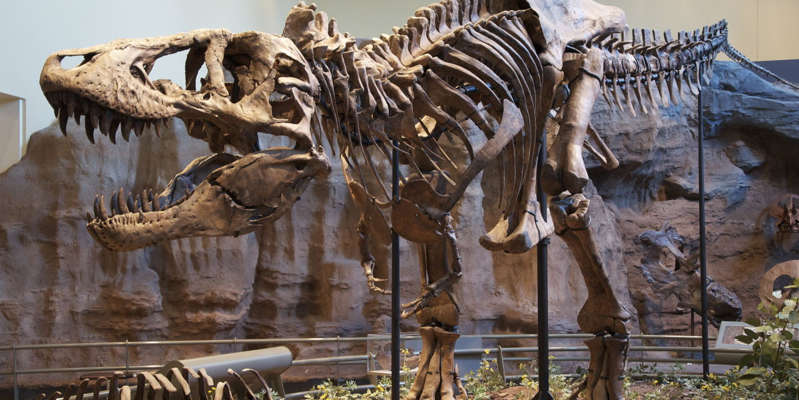
“Sensors” found in the jaws of Tyrannosaurus Rex
Tyrannosaurus rex was an even more terrifying predator than previously thought, scientists from the Institute for Dinosaur Research at the University of Fukui Prefecture in Japan have found. They examined the jaw of an ancient monster and found that it possessed a complex system of nerves, Historical Biology reports.
This system was more advanced than other dinosaurs and was similar to that of modern crocodiles and some birds. The scientists noted that these “sensors” allowed the tyrannosaurus to catch and eat prey more efficiently.
The study was the first scientific analysis of the internal structure of the mandible of a Tyrannosaurus rex. Scientists used computed tomography to analyze and reconstruct the neurovascular canal. They then compared the resulting model with other extinct and living species.
“This study shows the presence of complexly branched neurovascular canals in the lower jaw of a Tyrannosaurus, especially in the anterior region of the tooth, and it is most likely that a similar complex branched neurovascular canal was also present in its upper jaw,” the authors of the study noted.
A neurovascular canal with a ramified pattern as complex as that of crocodiles and ducks suggests that the trigeminal nervous system in Tyrannosaurus probably functioned as a sensitive sensor in the snout. He could recognize the size and other characteristics of the prey, and this influenced the hunting strategy.
Previously, scientists have found the remains of an ancient bird. Its head resembled the head of a dinosaur.

